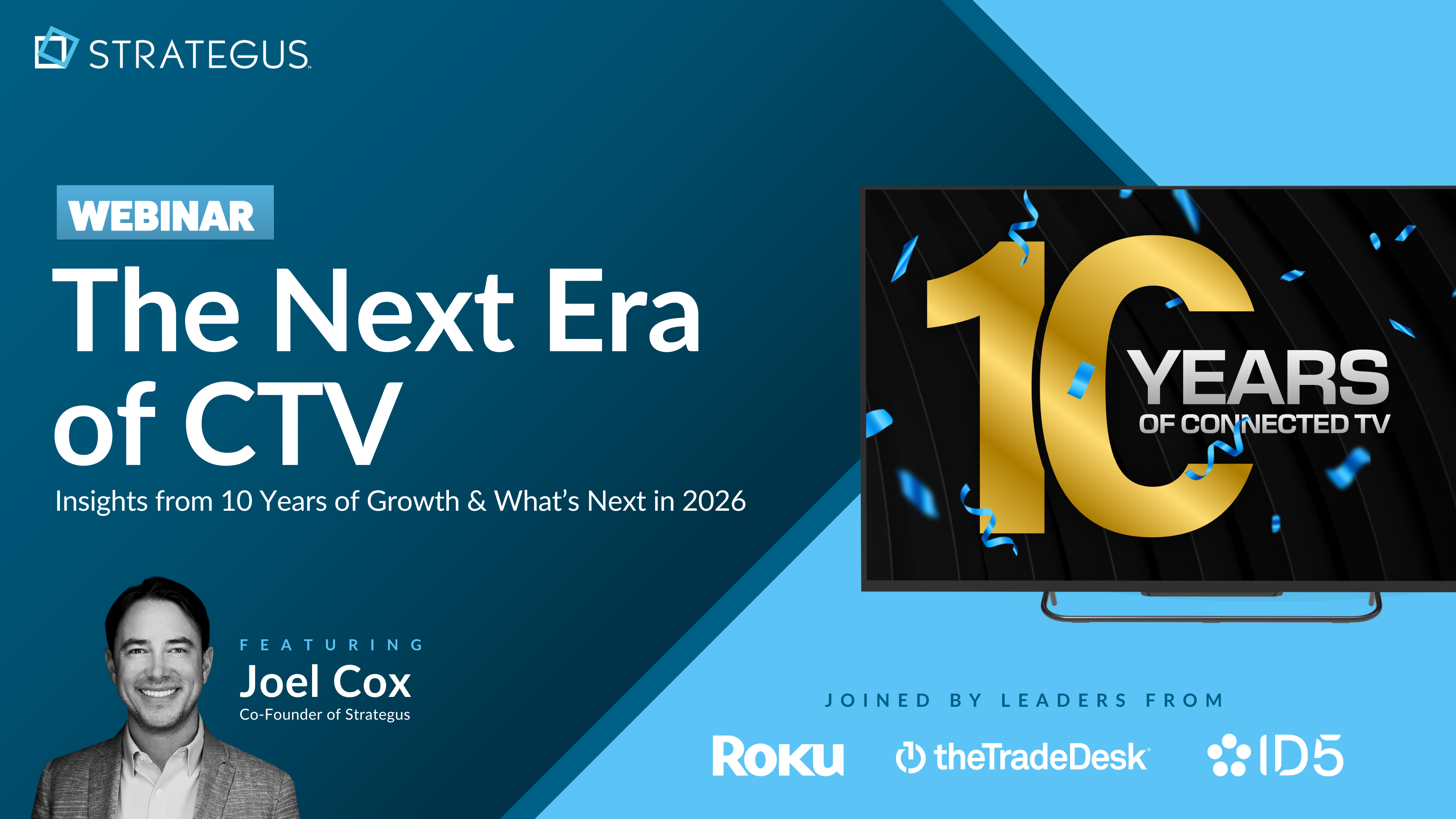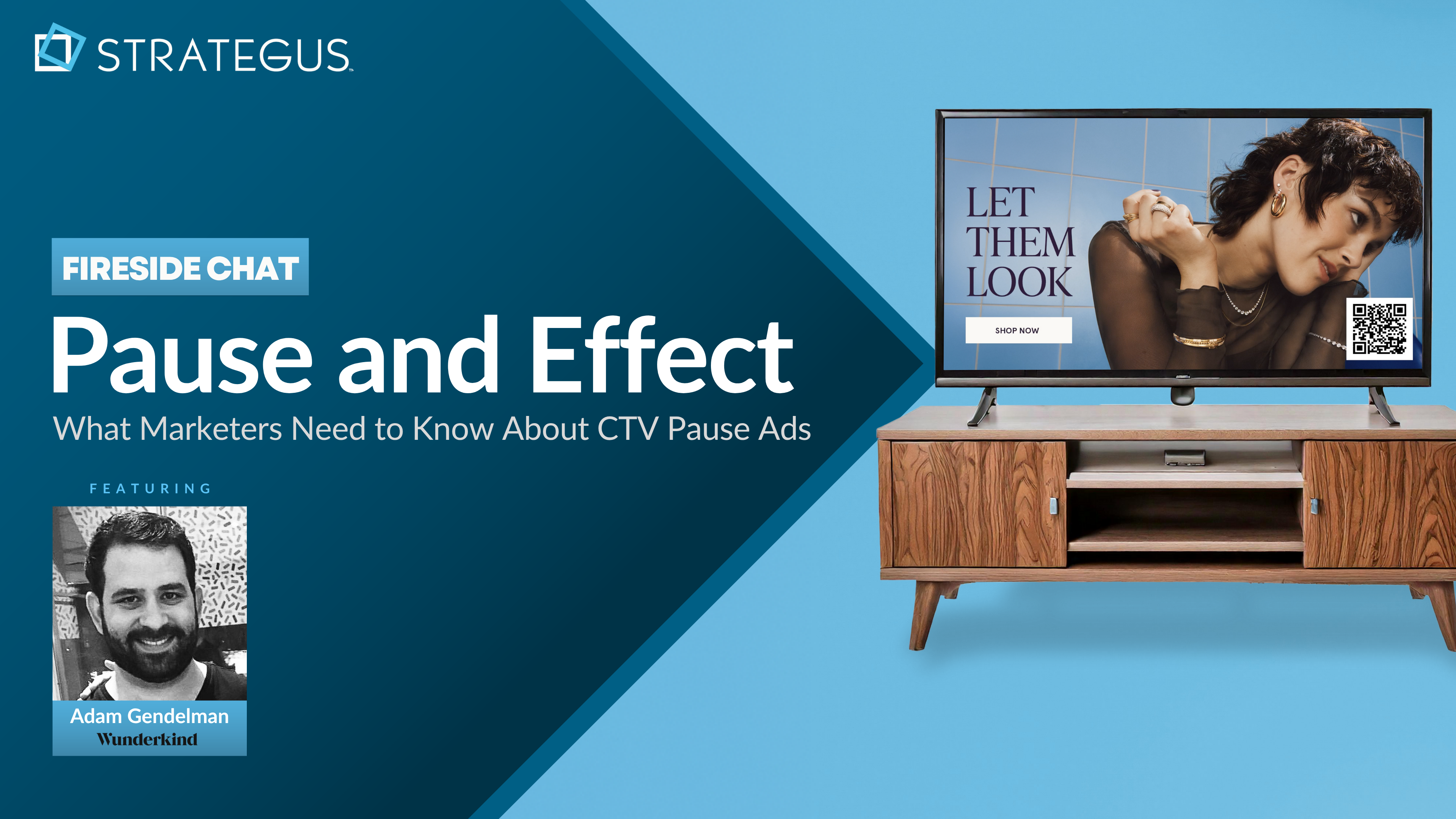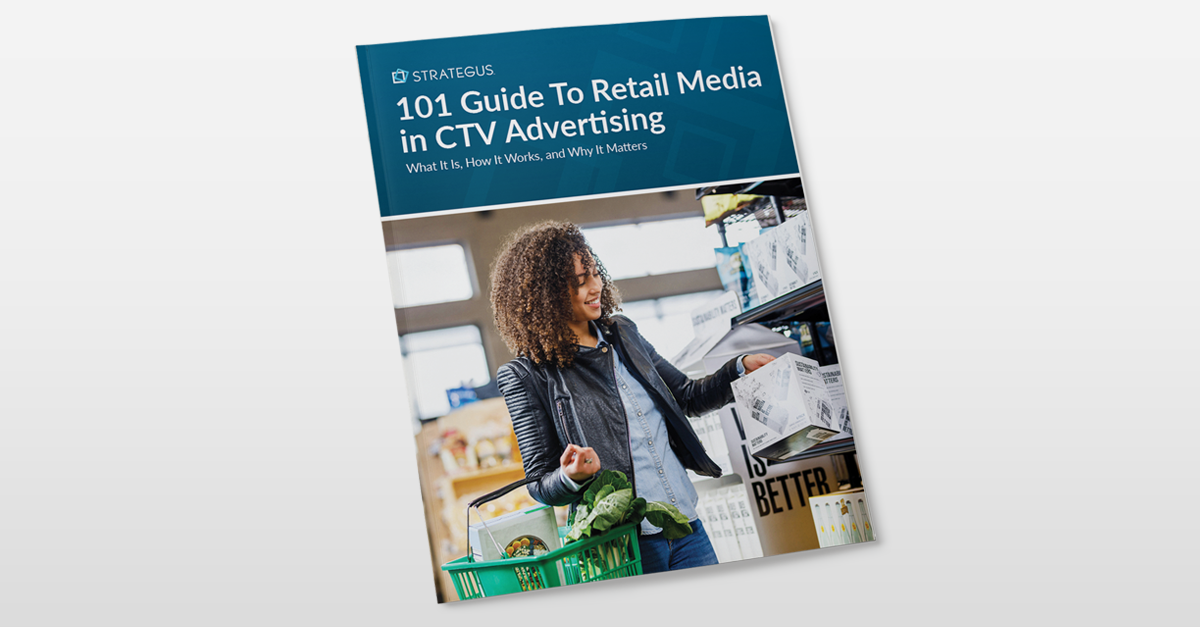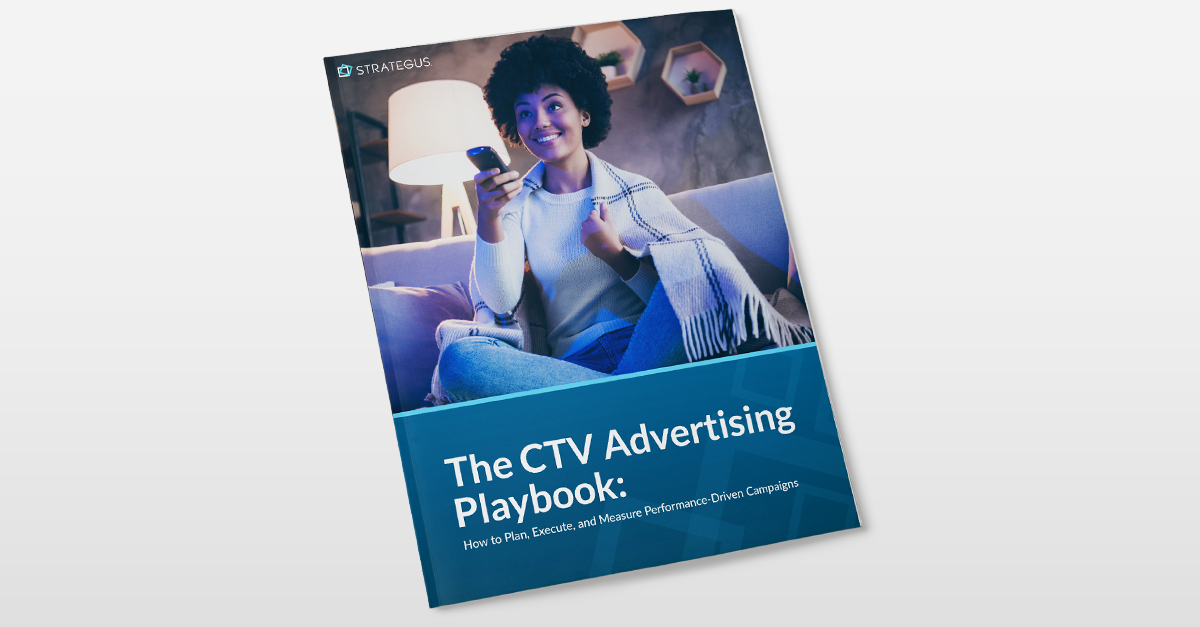- Home
- Company News
- Think Churn is Only an Issue for SVOD Providers? Think Again
Think Churn is Only an Issue for SVOD Providers? Think Again
 Andy Dixon
Andy Dixon
3 minutes read

Why AVOD services need to focus on customer satisfaction as their business model takes charge
In the early stages of the pandemic, it seemed that subscription video services had an iron grip on the cultural zeitgeist. From The Last Dance to Cheer, our conversations were dominated by the newest releases from Netflix, and the company’s stock soared together with other “stay-at-home” names like Peloton and Zoom.
Netflix’s prominence may have led some to believe that subscription video on demand (SVOD) represented the most viable business model for a post-pandemic world. However, the company’s recent subscriber miss and resulting stock decline show that SVOD may not be the right vehicle for long-term success. If Netflix can’t sustain its growth goals, entertainment providers will need to reconsider the debate between subscription and ad-supported models.
Advertising-based video on demand (AVOD) providers can build a sustainable business without having to live and die with each quarter’s subscription figures. But as AVOD services gain prominence and market share, their business leaders should remember some of the key factors that have led to both success and failure for SVOD services before them.
Centering the user experience
According to data from J.D. Power, the average number of streaming video services per household reached four by the end of 2020, and recent entrants to the market would like to see that number increase. This increasing fragmentation demonstrates an overall lack of concern in the industry for the user experience. When we sit down to stream our favorite TV programs, we don’t want to have to bounce between a dozen applications — let alone pay the growing monthly cost to subscribe to them.
To make matters worse, app fragmentation makes it difficult for advertisers to handle frequency and duplication challenges across walled gardens of data and inventory. This is problematic for the marketers, but it’s even more annoying for the end-user, who would sooner stop driving altogether than buy a new car after hearing the same jingle 25 times. In a highly fragmented, competitive market, users will gravitate towards the AVOD services that offer the best user experience with the least amount of friction. Those that can’t solve these problems will soon be dealing with a classic SVOD business challenge: managing churn.
The churn concern
Churn has a direct and immediate impact on an SVOD provider, but the effects on AVOD services are slightly less linear. When someone stops using an AVOD service, that provider isn’t immediately losing out on a monthly subscription fee. However, AVOD churn can have a significant impact on the providers' revenues and margins. The more frictionless and “sticky” their user experience, the more ad views they’ll monetize.
The question of churn poses an existential question for AVOD providers. They need to increase advertising revenues in order to survive and grow, but increased ad frequency will lead viewers to move to a different service. For AVOD services, the solution may lie in the quality of their ad impressions rather than quantity. If AVOD providers can deliver an effective, targeted ad impression, they can increase returns through higher prices without significantly increasing the number of ads they show their viewers.
Delivering the kind of advertising product that marketers need is easier said than done. For targeted advertising to be offered at a sustainable and scalable level, marketers must target and measure from app-to-app and service-to-service with a holistic view of the entire ecosystem. This can only be achieved when publishers and service providers work together through safe, private marketplaces. Using third-party demand-side platforms, each party to the transaction can find a fair deal that also delivers an improved experience for the marketer—and the end-user.
Breaking down walls
As AVOD providers seize their moment of opportunity to gain market share, they’ll need to recognize the importance of collaboration and shared data. The streaming video market can only support this degree of fragmentation for so long, and we may soon reach a point of consolidation. As AVOD providers fight to see who has staying power, they’ll need to invest in the technologies that simultaneously bolster ad effectiveness and the user experience.

Andy Dixon is a seasoned Content Writing Specialist at Strategus, renowned for his expertise in creating engaging and impactful digital content. With over a decade of experience in content creation, Andy has honed his skills in a variety of niches, ranging from technology and marketing to education.
Strategus is a managed services connected TV(CTV) advertising agency with over 60,000+ campaigns delivered. Find out how our experts can extend your team and drive the result that matter most.
Talk to an Expert
Seeking a Custom CTV Strategy That Delivers?
What to read next

Strategus Celebrates Eighth Appearance on the Inc. 5000 List
We’re thrilled to share that Strategus has once again earned a place on the Inc. 5000 list of the fastest-growing private companies in America — our ...
2 minutes read

Strategus Launches SalesLink for Auto: First-of-Its-Kind CTV Attribution Solution Linking Ad Exposure to Real-World Outcomes
Collaboration with Experian will help auto advertisers assess effectiveness of CTV campaigns DENVER, CO – July 28, 2025 — Strategus, a leader in...
4 minutes read

Strategus Named One of Inc.’s Best Workplaces for 2025
DENVER, CO – June 17, 2025 — Strategus, the leader in fully managed programmatic CTV advertising, has been recognized by Inc. Magazine as one of its...
2 minutes read

Strategus Launches First-of-its-Kind AI-Powered Social Signal CTV Targeting Powered by consumr.ai
DENVER, May 19, 2025 (GLOBE NEWSWIRE) -- Strategus, a pioneer in data-driven Connected TV (CTV) advertising, today announced the launch of its...
3 minutes read













